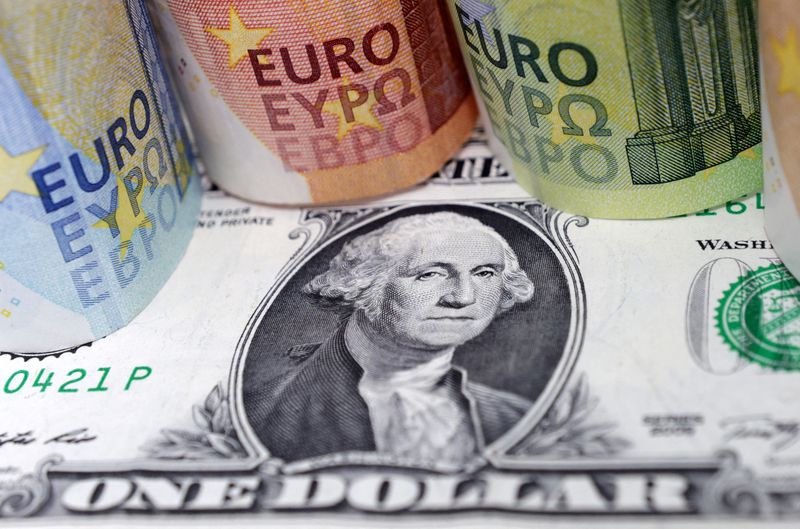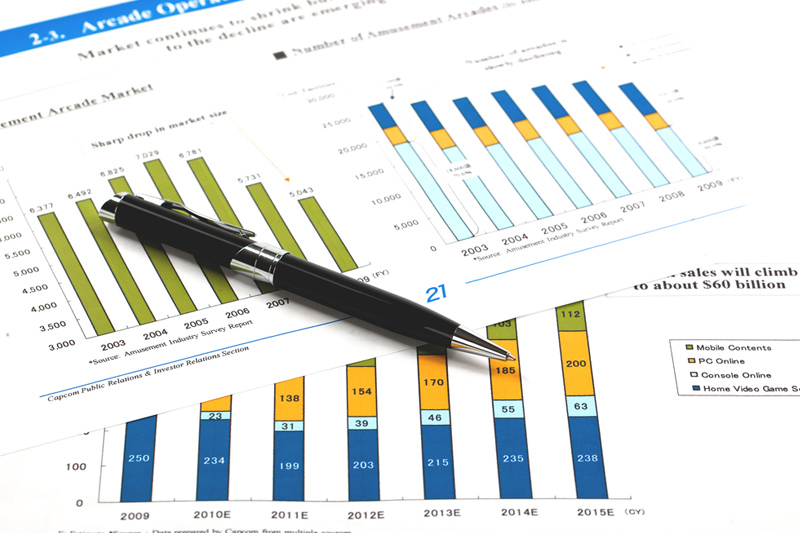By Chuck Mikolajczak
NEW YORK (Reuters) -The euro and Japanese yen strengthened on Thursday as the U.S. dollar paused after rallying to a nearly three-month high, with the dollar moving only briefly from earlier lows, as data undermined views on slower rate cuts backed by the Federal Reserve.
Initial jobless claims per week fell to 227,000, below 242,000 estimates from economists polled by Reuters, while continuing claims rose to a nearly three-year high. The Fed is likely to discount the increase earlier this month due to disruptions from Hurricane Helene.
A separate report from S&P Global said the flash US Composite PMI Output Index, which tracks manufacturing and services sectors, rose to 54.3 this month from a closing reading of 54.0 in September. A value above 50 indicates expansion.
The dollar has risen in 16 of the past 18 sessions, on pace for a fourth straight week of gains, as a raft of positive economic data dampened expectations about the size and speed of Fed rate cuts, also pushing U.S. yields higher. government bonds has risen. .
“We’re looking at some profit taking here,” said Joseph Trevisani, senior analyst at FXStreet in New York.
“But underneath that, of course, is the shift in interest rates and the shift in perception about what the Fed is going to do. And that hasn’t changed, so for now we’re holding our ground.”
The yield on US 10-year benchmark bonds fell 4.6 basis points to 4.196%, after reaching 4.26% in the previous session, the highest in three months.
The , which measures the dollar against a basket of currencies, fell 0.37% to 104.05, the first decline after three straight sessions of gains, with the euro rising 0.39% to $1.0823 after falling on Wednesday had hit a nearly four-month low of $1,076.
A survey showed that activity in the euro zone ground to a halt again last month, but that the contraction in Germany, Europe’s largest economy, was less sharp than the month before.
Recent comments from Fed officials have indicated that the central bank will take a gradual approach to cutting rates. Inflationary pressures have eased but have yet to get back to where they need to be, Beth Hammack, president of the Federal Reserve Bank of Cleveland, said Thursday.
According to CME’s FedWatch Tool, markets estimate a 95.1% chance of a 25 basis point cut at the Fed’s November meeting, while the US central bank holds rates steady at 4.9%. The market had fully priced in a cut of at least 25 basis points a month ago, with a 58.2% chance of a 50 basis point cut.
In contrast, expectations for faster and potentially bigger interest rate cuts from the European Central Bank (ECB) have increased and are weighing on the euro, after many policymakers warned of the risk of the central bank missing its 2% inflation target.
ECB policymaker Robert Holzmann said the central bank could cut rates by 25 basis points at its December meeting if conditions, including inflation, allow. Latvian central bank governor Martins Kazaks said inflation could fall faster than expected, but given the exceptional uncertainty, the ECB should stick to its practice of cutting rates step by step.
The dollar has also benefited from a rise in market expectations for a victory next month by Republican candidate and former US President Donald Trump, which would likely lead to inflationary policies such as tariffs.
Sterling strengthened 0.39% to $1.2971. British Chancellor of the Exchequer Rachel Reeves said she would change the government debt measure used by the government in next week’s budget to allow more borrowing for investment.
Against the Japanese yen, the dollar weakened 0.6% to 151.83.

BOJ Governor Kazuo Ueda said the yen’s recent decline was partly driven by optimism about the US economic outlook, and that the central bank should further explore whether that optimism continues.
Ahead of Sunday’s election, polls showed that Prime Minister Shigeru Ishiba’s Liberal Democratic Party of Japan’s coalition government could struggle to maintain its parliamentary majority, which could complicate the BOJ’s monetary policy plans.


